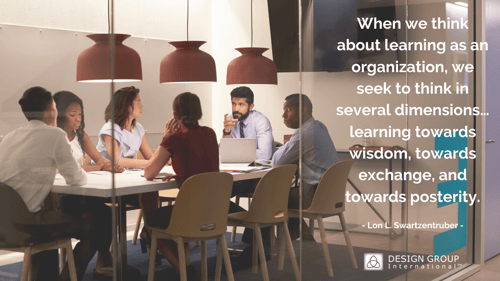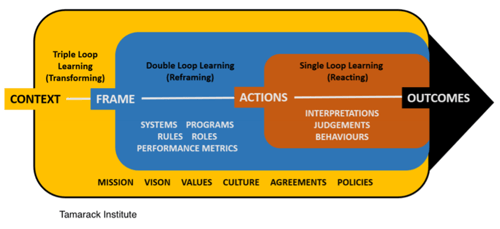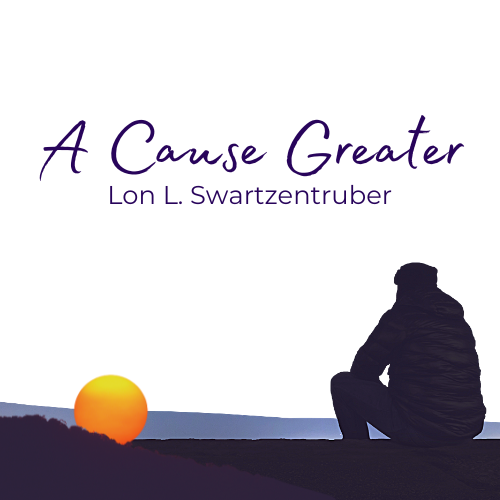.png?width=1600&name=021621_Lon%20Blog%20Post%20Image%20(1).png)
Listening. Helping. Learning.
Engaging these three behaviors is at the heart of being a vibrant and transformational organization. Over the past two months, we have been taking a deep dive into a story of how one client organization, a nationally recognized nature center, embraced these behaviors to transform itself and how its surrounding community helped guide the way.
To recap our story thus far, it all started with an executive director who created space for his organization to listen. Listen to staff, to board members, and most importantly, to the broader community. The power of posing a question, especially from a posture of humble inquiry, as articulated by Edgar Schein, places the other person at the center of the conversation.
Believe it or not, this form of listening can be very hard to do. We all have been trained to think for ourselves, answer questions for ourselves, and determine what we believe we should do in a particular situation. Said in a slightly different way, we have all been trained not to ask for help.
When this nature center asked its constituency some critical questions about its future, it heard some incredibly helpful things. They realized that their community desired a place to go and experience nature. A place where they could go to unwind, to walk in the woods, and to rejuvenate in nature. By capturing the reality of what their customers valued, the organization crafted helpful programs and opportunities with its customers, delivering enriching experiences in nature and ultimately fulfilling its core underlying purpose as an organization.

These are great examples of how to listen and how to help as an organization. But what about how to learn as an organization? When we think about learning as an organization, we seek to think in several dimensions…learning towards wisdom, towards exchange, and towards posterity. One of the best examples of this type of learning is what is called triple-loop learning. In the diagram linked and presented here, we seek to leak our learning into how we behave as an organization, into our culture, into our policies, procedures, and how we make every-day decisions.

Single and double-loop learning are helpful tools for known problems or complex challenges. However, it isn’t until we engage in triple-loop learning that we can consider transforming as an organization. When we put on this frame, we can see a different horizon for our organization, what true transformation looks like within our organizations or our leadership.
Now for the conclusion to our story. The learning that emerged for this client, and embed in its DNA, was the willingness to listen and pose a question in the first place. As a largely educational organization, the nature center was used to ‘finding or giving the answer.’ They were the ones looked to on how to care for animals and how to care for nature. It was their expertise.
Something interesting began to emerge within the culture of the nature center. Whenever a patron shared a comment via e-mail or social media post, it went out to everyone via an all-staff e-mail, further deepening the learning. As the CEO put it to me, ‘we want to know what people are saying and take the time to listen to them.’
If you would like to schedule a high-value 30-minute discovery call to understand how your organization can imbed learning into its DNA, I’d be honored to walk alongside you. As always, please feel free to call me at 616.516.9870 or e-mail me at lons@designgroupintl.com.
Walking alongside you,
 Lon L. Swartzentruber
Lon L. Swartzentruber
CEO, Design Group International
Senior Design Partner
Tags:
process consulting, Design Group International, leading organizational change, listening, helping, learning, organizational consulting, customer value, A Cause Greater Blog/Lon%20L.%20Swartzentruber%20Headshot%20(300x300).png)
March 18, 2021

Comments